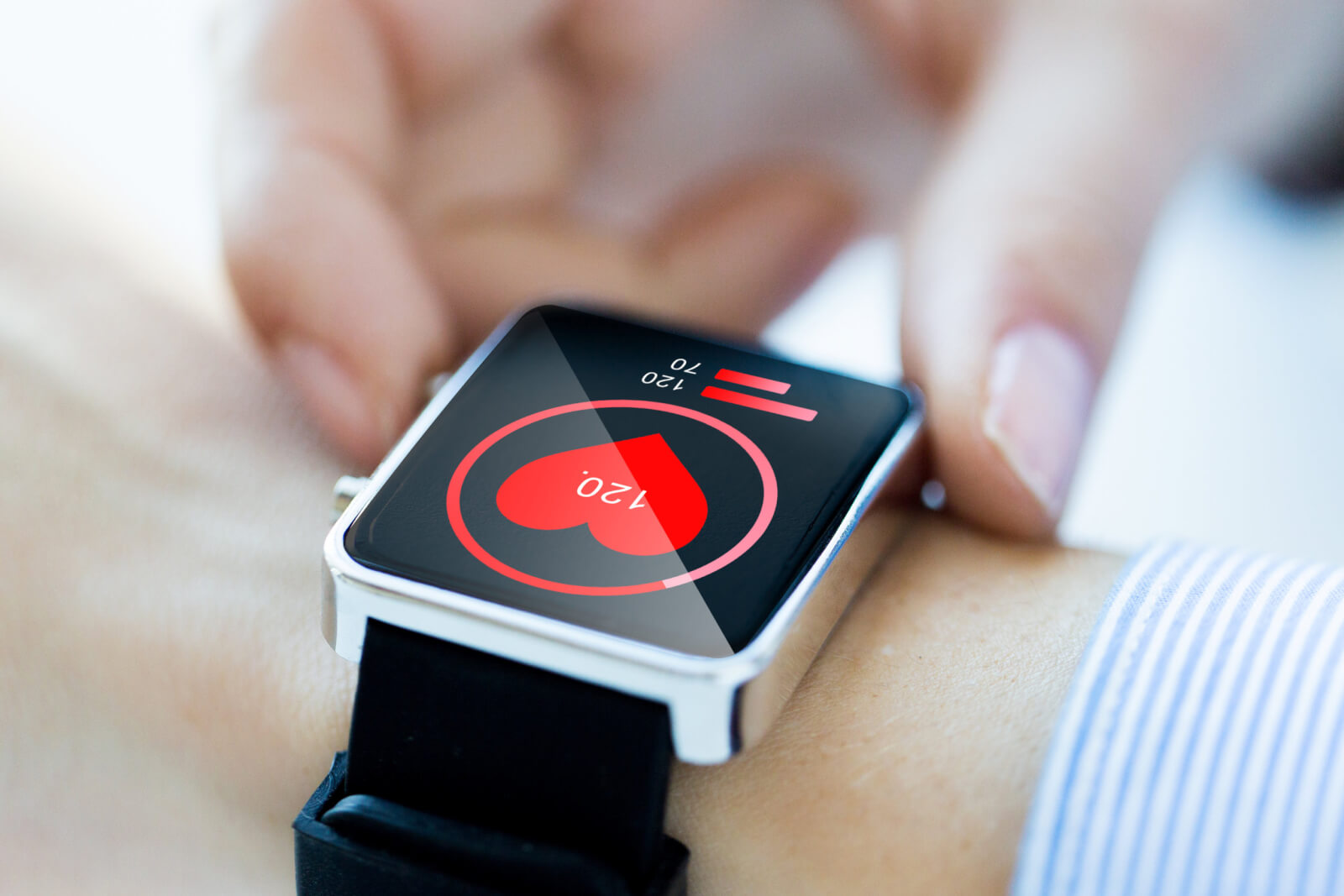After reading this article, you’ll:
- Understand the importance of privacy regulations like GDPR and CCPA for mobile app development, and the potential consequences of non-compliance.
- Learn how to implement privacy-by-design principles, including data minimization, anonymization, encryption, and access controls throughout the app development lifecycle.
- Gain insights into creating transparent privacy policies, obtaining user consent, implementing robust security measures, and enabling user rights and control over their personal data.

Data privacy has become a top priority for consumers and regulators alike. As mobile apps collect vast amounts of personal data from users, ensuring compliance with privacy laws and regulations is crucial. Key regulations like the General Data Protection Regulation (GDPR) in the EU and the California Consumer Privacy Act (CCPA) in the United States impose obligations on companies to be transparent in their data practices and provide users more control over their personal information.
Failing to meet these privacy requirements can have severe consequences. Regulators can levy steep fines for non-compliance—up to 4% of a company’s global annual revenue under GDPR. Just as importantly, privacy breaches and lack of transparency around data handling can severely damage a brand’s reputation and erode user trust. According to surveys, around 60% of consumers would avoid apps and services from companies that suffered a data breach.
This highlights the need for mobile app developers to make privacy and security a key priority. By understanding relevant regulations, conducting risk assessments, implementing privacy-by-design principles, and enabling user rights, apps can provide assurance to consumers that their personal data is safe and handled ethically. Getting privacy right is no longer just an option, but a necessity for sustainable growth in the digital economy.
The following sections will provide practical guidance on building GDPR, CCPA and other privacy regulation compliance into the full mobile app development lifecycle. This covers the key areas of risk analysis, privacy engineering, security controls, transparency, user consent flows, and data access controls.
Understand the Regulations That Apply to Your Business
 As apps expand their global user bases, developers must navigate an increasingly complex privacy regulatory landscape. Key regulations include the EU’s GDPR, California’s CCPA, India’s PDPB, and many others. Determining what laws apply depends on factors like user locations, data collection practices, and company operations.
As apps expand their global user bases, developers must navigate an increasingly complex privacy regulatory landscape. Key regulations include the EU’s GDPR, California’s CCPA, India’s PDPB, and many others. Determining what laws apply depends on factors like user locations, data collection practices, and company operations.
The EU’s General Data Protection Regulation sets a high global bar for privacy rights and compliance. It applies to companies that offer goods or services to, or monitor the behavior of, EU data subjects. GDPR principles include data minimization, purpose limitation, storage limits, and explicit consent.
The California Consumer Privacy Act covers businesses that collect/sell California resident data or meet certain revenue/user thresholds. It focuses on transparency obligations along with “Do Not Sell” opt-outs and data access/deletion rights. Non-compliance fines go up to $7,500 per violation.
Understanding nuances across regulations is crucial. For example, CCPA applies only to “sales” of data, while GDPR’s consent requirements are far broader. Apps must track differences in user rights, breach notification duties, and enforcement regimes when operating across jurisdictions. Getting alignment to the most stringent rules can help manage compliance complexity.
Conduct a Privacy Risk Assessment
Before implementing privacy controls, it is critical to perform a risk assessment of an app’s current data collection and handling practices. This allows identifying potential compliance gaps and areas requiring attention.
Key steps include creating a data map to catalogue all personal data flows linked to the app, documenting how data gets collected, processed transmitted, stored, and shared. This inventory helps assess data protection needs. Additionally, potential risks around obtaining consent, managing user rights requests, and detecting breaches should be analyzed.
A variety of tools and methodologies exist for structured risk analysis. Options include privacy impact assessments, STRIDE threat modeling, DPIAs, and proprietary risk analysis frameworks. For mobile apps, focus areas should cover platform and network risks, SDK/API risks, and risks arising from cloud backends and data integrations.
Conducting robust risk assessments is vital for understanding an app’s starting privacy maturity. Documentation around identified risks and planned controls serves as a baseline for continuous improvement as regulations evolve. Investing in this vital process pays valuable compliance and user trust dividends.
With current privacy risks contextualized, the next section will focus on how to engineer stronger privacy protections into apps by design.
Implement Privacy-by-Design Principles
Privacy-by-Design calls for embedding privacy protections proactively throughout the entire app development lifecycle. Rather than an afterthought, privacy becomes an essential requirement guiding design decisions. This approach is endorsed by regulations like GDPR.
Core Privacy-by-Design steps include:
- Data Minimization: Collect, retain, and process only the personal data strictly needed for app functionality. Conduct reduction analysis to pare back excessive collection.
- Anonymization: Where possible, use techniques like aggregation, masking, and truncation to handle data in de-identified forms.
- Encryption: Leverage encryption, tokenization, and hashing are used to protect sensitive data in transit and at rest. Align to standards like AES-256 and SQL encryption.
- Access Controls: Enforce need-to-know data access policies. Restrict unauthorized internal usage.
These represent cross-cutting technical and architectural privacy techniques that can be integrated at each stage of mobile app building – planning, UX design, development, testing, and release.
Take inspiration from apps like Signal, which applies cryptography by default for all chats. Or Uber’s gradual anonymization of rider pickup/drop-off data over time. Build user trust through privacy!
Develop a Transparent Privacy Policy
A cornerstone of complying with privacy laws is providing users a clear, accessible privacy policy detailing data practices. Though policies have historically been long and legalistic, regulations now promote user-friendly policies that accurately describe:
- Data Collection: What personal data gets collected, from what sources and for what purposes?
- User Rights: What control rights (access, deletion etc.) do users have and how can they exercise them?
- Sharing and Storage: Who gets access to user data? Where and how long is data stored?
- Security: What technical, physical and organizational measures protect user data?
- Redress: Who do users contact with questions or complaints? How are breaches reported and handled?
 Apps must ensure their privacy policy is prominently linked from app store listings and embedded within the app experience. Users should be encouraged to review it with contextual nudges and confirmations.
Apps must ensure their privacy policy is prominently linked from app store listings and embedded within the app experience. Users should be encouraged to review it with contextual nudges and confirmations.
As regulations expand user rights and strengthen security rules, development teams must re-review policies frequently. Utilizing dedicated policy generation tools can help streamline creating accurate, regulation-synced policies.
An up-to-date, readable privacy policy demonstrates an app’s commitment to transparency. This builds user awareness and trust in data practices. Policies should enlighten, not obfuscate!
Obtain User Consent and Manage Data Preferences
A key obligation under privacy laws is garnering valid user consent for collecting and processing personal data. Under GDPR, consent must be freely given, specific, informed and unambiguous. CCPA focuses consent around data sales. Best practices for apps include:
- Granular Options: Seek separate consent for different data types/purposes. Don’t bundle consent.
- Just-in-Time: Request consent contextually when data gets collected vs. generically at signup.
- Plain Language: Avoid legal jargon, use clear consent wording interpretable by general users.
- Explicit Action: Use affirmative action buttons/toggles, avoid pre-checked boxes or implied consent.
- Verifiable Records: Store consent receipts with metadata like time, version, and scope.
Equally important is enabling users to manage consents over time via preference dashboards. Apps should allow easy withdrawal of certain consents or blanket data deletions. Invest in usability testing here.
Make user preference management intuitive through thoughtful information architecture across device-optimized flows. Follow platform-specific standards, e.g., Ad Tracking controls. Prioritize user autonomy through superior controls.
Implement Robust Security Measures
Protecting user data with state-of-the-art security is a legal obligation under privacy laws. Core technical safeguards include:
Encryption
All sensitive user data must be encrypted in transit via TLS 1.2+ and at rest via algorithms like AES-256. Special care should be taken for health, financial, and authentication data.
Secure Storage
Data stores like databases and object stores should reside in private virtual networks, encrypted, behind firewalls with intrusion detection. Access should follow least-privilege security models.
Data Integrity
Mechanisms for ensuring consistency, accuracy, and trustworthiness of stored personal data through transaction logging, auditing, and backup.
Vendor Oversight
Security SLAs and controls for all external processors and sub-processors accessing app data. Extra diligence for offshore data sharing.
Additionally, organizational controls like security policies, regular risk analysis, penetration testing, and incident response plans are needed.
Leverage platforms and tools purpose-built for scalable mobile app security—from secure code scanners to data loss prevention and runtime protection against threats. Make robust security the foundation for privacy.
This strengthens the reliability of privacy controls. Our next section covers enabling user rights through data transparency.
Enable User Rights and Control
Central to privacy laws are various user rights to control data, including:
- Right to Access: Users can request details on what personal data an app collects and how it gets used.
- Right to Rectification: They can initiate updates to incorrect or incomplete collected data.
- Right to Erasure/Deletion: Users have means to delete some or all of their associated data.
- Right to Object: They can opt out of certain processing if disproportionate risks are identified.
- Right to Complaint: Apps must provide users avenues to submit complaints around data handling.
- Turning these rights into app functionality requires thoughtful design. Core principles are:
- Self-Serve Access: Build account dashboards for users to directly review, export and selectively make updates to collected data.
- Deletion Workflows: Create permanent and reversible deletion flows meeting legal validity – with data retention solely for legal purposes.
- Assisted Support: Easy-to-access and responsive customer assistance for user queries.
Take cues from apps like Apple’s Privacy Nutrition Labels revealing on-device data. Ensure user control stays convenient yet compliant!
Monitor, Audit, and Update Regularly
Achieving ongoing privacy compliance requires continuous vigilance through:
Monitoring & Testing
Setup contextual telemetry to monitor privacy-impacting changes like new SDK versions, feature launches, or vendor changes. Conduct frequent simulated user journeys and penetration tests to catch issues early.
Third-party Audits
Annual independent privacy audits are best practice, especially for apps holding sensitive data. Auditors benchtest compliance controls and recommend policies/tooling improvements.
Regulation Tracking
Closely track newly introduced laws and watch for changing interpretations of existing ones through legal counsel or services like DataGuidance. Participate in industry working groups.
Privacy Program Reviews
Every 2 years, conduct a formal ground-up revalidation of the entire privacy program – weighting controls against operational changes and emerging risk vectors.
Emerging integrations with big data pipelines, ML algorithms, and biometrics warrant more vigilance. The privacy journey never truly ends as apps evolve! Stay ahead of the curve and preventively address gaps. Users notice privacy diligence—reinforce trust!
With focus areas across people, processes, and technology covered, engineer stellar privacy experiences!
Frequently Asked Questions (FAQs) on Mobile App Privacy Regulations
What are the key privacy regulations mobile app developers need to be aware of?
The main regulations discussed in the article are the General Data Protection Regulation (GDPR) in the EU and the California Consumer Privacy Act (CCPA) in the United States. However, developers should also be aware of other regulations like India’s PDPB, depending on their app’s user base and operational locations.
What is Privacy-by-Design and why is it important?
Privacy-by-Design is an approach that embeds privacy protections proactively throughout the entire app development lifecycle, rather than treating it as an afterthought. It’s important because it helps ensure compliance with regulations like GDPR and builds user trust. Key principles include data minimization, anonymization, encryption, and proper access controls.
How can app developers obtain valid user consent for data collection and processing?
Valid user consent should be freely given, specific, informed, and unambiguous. Best practices include:
- Offering granular options for different data types/purposes
- Requesting consent contextually when data is collected
- Using plain language to explain data practices
- Requiring explicit user action (e.g., clicking a button) to give consent
- Storing verifiable records of user consent
What are some essential security measures for protecting user data in mobile apps?
Key security measures include:
- Encrypting sensitive data both in transit (using TLS 1.2+) and at rest (using algorithms like AES-256)
- Implementing secure storage practices, such as using private virtual networks and firewalls
- Ensuring data integrity through transaction logging, auditing, and backup
- Overseeing vendors and external processors with proper security SLAs and controls
- Conducting regular security audits and penetration testing
How can app developers enable user rights and control over their data?
Developers can enable user rights by:
- Creating self-serve access dashboards where users can review, export, and update their data
- Implementing deletion workflows that allow users to permanently or reversibly delete their data
- Providing easy-to-access customer support for user queries about their data
- Ensuring users can opt out of certain data processing activities
- Offering clear avenues for users to submit complaints about data handling





